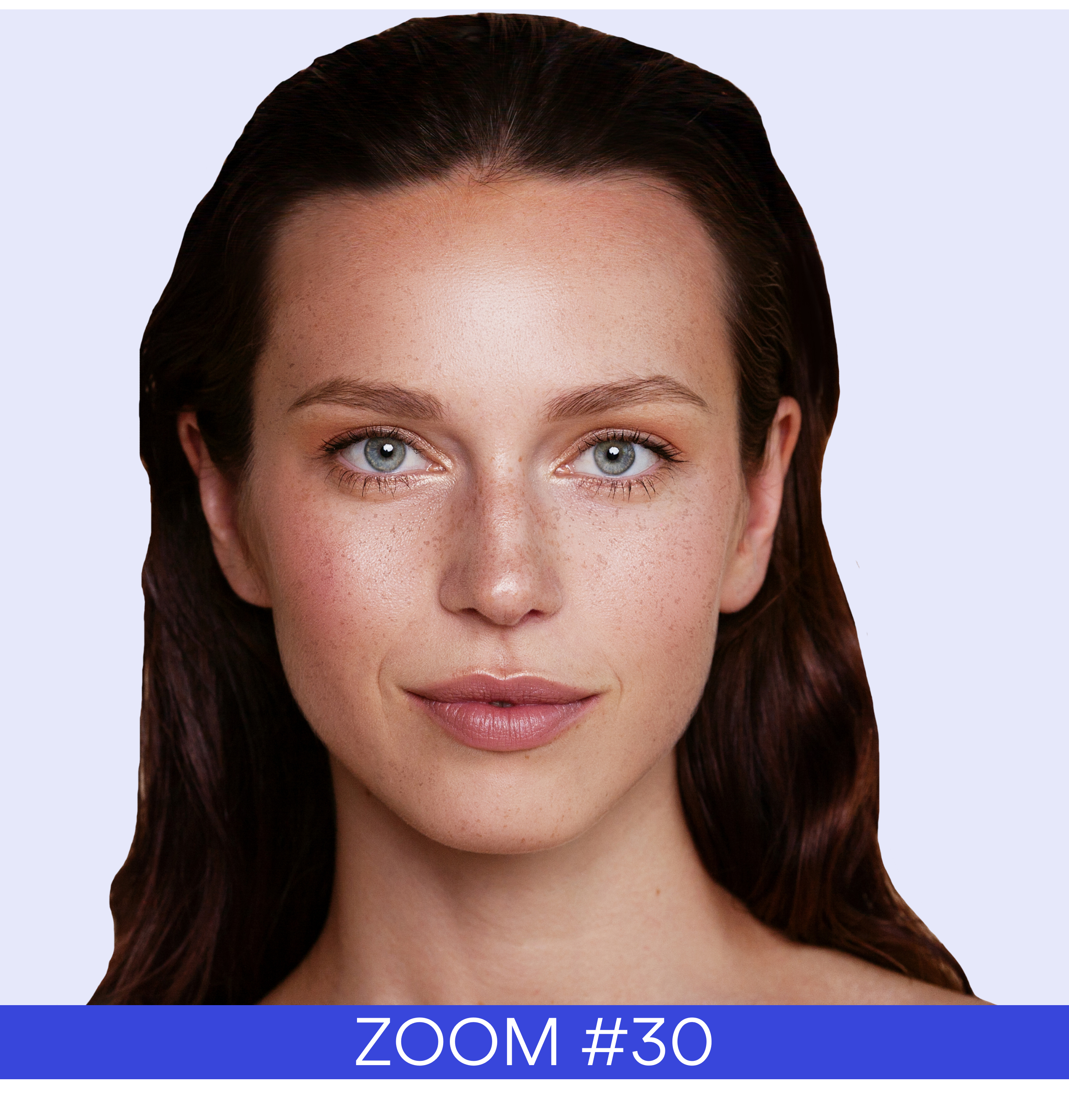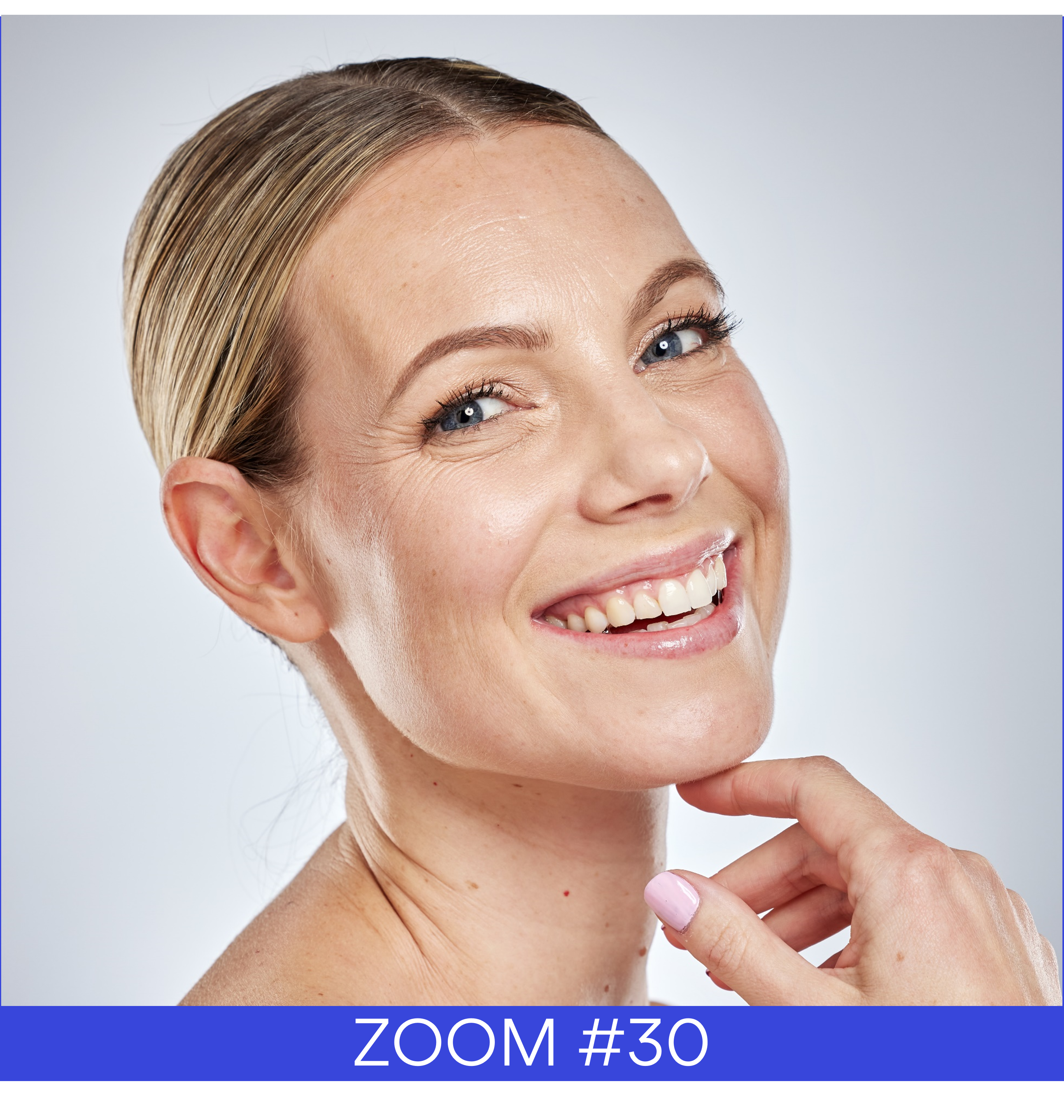Ultraviolet radiation is known as a great villain, due to the damages it causes to the skin, making the product´s photoprotection evaluation a critical point, especially regarding the protection against UVB and UVA radiation, which causes sun burns and photoaging respectively.
In the complex universe of the development of sunscreens, there is a great challenge to formulate effective products due to many factors that influence on the SPF value. Small alterations on formulas may have great impacts on the product´s SPF.
Currently, there are many international guidelines to standardize the methods of evaluation of photoprotection and, in order to have a reliable result there are several quality controls necessary that may assure a more precise evaluation. Even so, there is a considerable variability, especially among laboratories, that may get as high as 30%.
The objective of this article is to share the state of the art of the main methods that are being developed, led by the ISO group which has been working with the aim of turning this method less variable, with more liability among different laboratories and also to develop alternative methods that are less invasive and faster.
A brief summary is presented below about the method of determination of SPF in vivo (ISO 24444/FDA) and the main alternative methodologies being evaluated up to the present moment.
Static SPF (ISO 24444 / FDA 2011) – Gold Standards in vivo
The study consists on the determination of the minimal erythemal dose (MED) on the unprotected skin (MEDu) and the protected skin (MEDp). The ratio between MEDp / MEDu represents the SPF value of the product. The MED corresponds to the minimum radiation dose necessary to produce the first visible erythemal reaction with clearly defined borders.
After the products’ application and drying, the irradiation is performed with six sequential doses of energy, with increasing and progressive intensities controlled with radiometers.
This method presents some factors of imprecision, for instance the biological response of the skin, which varies among subjects, the product application, which requires a precise technique, the evaluation of the erythema, which is visual and subjective and the equipment use, which may present great variability.
Single Exposure Method – in vivo
This is a Pass/Fail method and it does not require the appearance of erythema, reducing, thus, the impact on the subjects. In this method, the subjects undergo one single ultraviolet radiation exposure with a dose proportional to the product´s expected SPF and one single endpoint is evaluated: the formation or not of erythema, which makes it possible to conclude if the product is effective or not for that SPF value. It is still an in vivo method, that stimulates erythema formation, even if minimal, and it is very imprecise.
Hybrid Method of Spectroscopy and Diffuse Reflectance (in vivo/in vitro)
This method consists on the application of the product on the subjects’ skin and, after drying, a measurement of diffuse reflectance is performed, using an equipment capable of measuring the radiation reflected by the skin while emitting a minimal UV dose insufficient to cause erythema, which is the main advantage of this method. The ratio between the reflected and the incident radiation corresponds to the reflectance, from which it is possible to calculate the absorbance.
Only the UVA absorbance spectrum is obtained on this stage, since the skin absorbs most part of the UVB radiation. Thus, the method is complemented with an in vitro measurement, in which the product is applied on PMMA plates and the complete absorbance spectrum (UVB/UVA) is obtained through a spectrophotometer.
The UVA absorbance spectrum obtained by spectrophotometry is compared to the one obtained by in vivo reflectance and a correction factor is generated to extrapolate the curve for the UVB region. With complete absorbance curve (UVB+UVA) the SPF is calculated, based on the calculations proposed by the ISO 24443.
Transmission Method (in vitro)
It consists of the use of plates, without the need of human subjects, accelerating the study and reducing costs. However, the absence of the product application on the human skin creates an extra challenge, because the products present different behavior when applied on plates.
The product is applied by a robot on two types of plates (sandblasted and molded) and the absorbance is measured using a spectrophotometer. The product is exposed to the ultraviolet radiation to also assess photostability.
The main challenge of this method is the viability of this high cost application robot, which is also difficult to calibrate, and, also, the development of substrates or calculations that reproduce better results on the skin.
Calculation of the SPF with the use of Softwares (in silicon)
The softwares developed for this purpose are based on the same principles of the transmission method, but instead of using the film absorbance measurement of the product applied over a substrate, they use the characteristic absorbance of the composition of filters used in the formulation. The user chooses the composition of the filters used in its formulation and the software estimates the SPF value from the combination of their absorbance.
In this method, the photodegradation of the filters is not taken into account, neither the formula characteristics, as for the quality of the emulsion and molecular excitation of the filters, which may create divergences between the SPF calculated and the one obtained through the in vivo method.
Conclusion
For the publication of a new alternative method, systematic errors inherent of each proposed method is being evaluated. Also, intercomparisons studies are being performed considering several types of models in order to evaluate the repeatability, the reproducibility and the accuracy regarding the in vivo method.
There are still many challenges to overcome, although there are very promising alternatives available now. The need for reduced variability in in vivo studies, as well as the validation of alternative methods that reduce harm to subjects while presenting greater accuracy and precision, are still under consideration and are the greatest challenge of the scientific community.
Download the complet article: Allergisa – Newsletter june2020










 Follow us on Linkedin!
Follow us on Linkedin!
You must be logged in to post a comment.